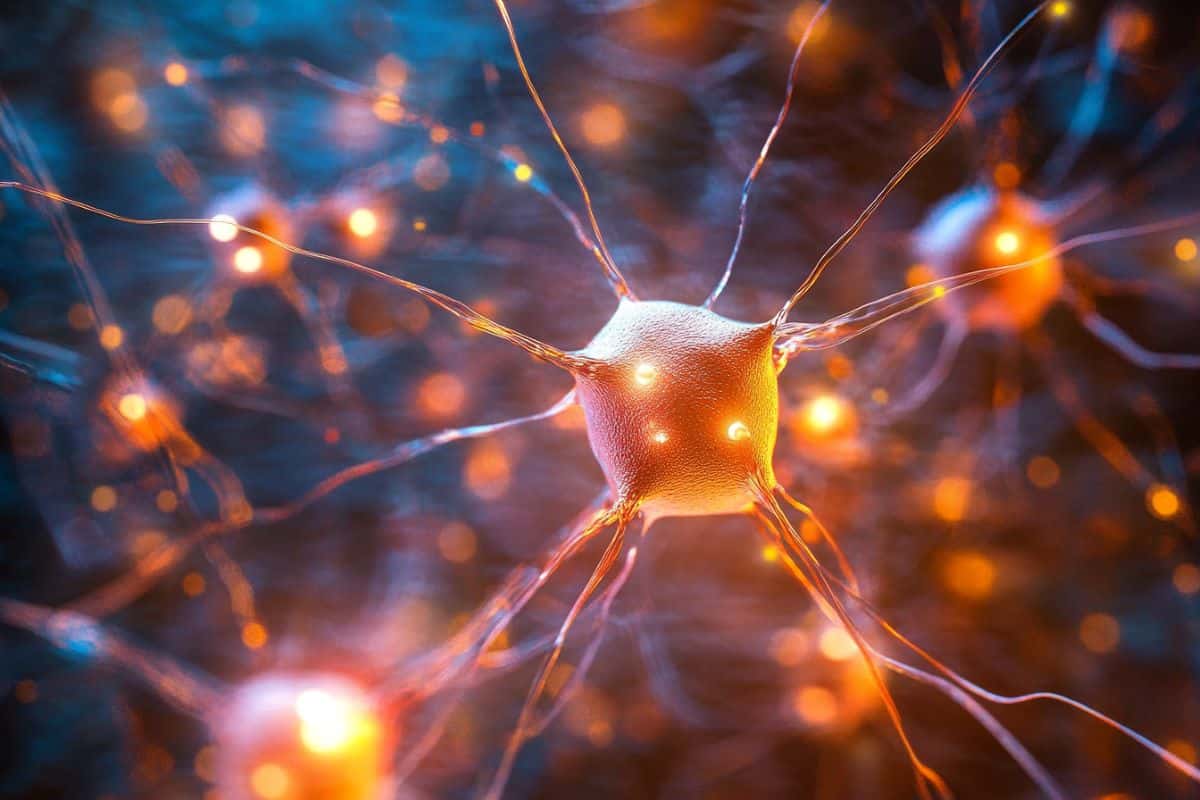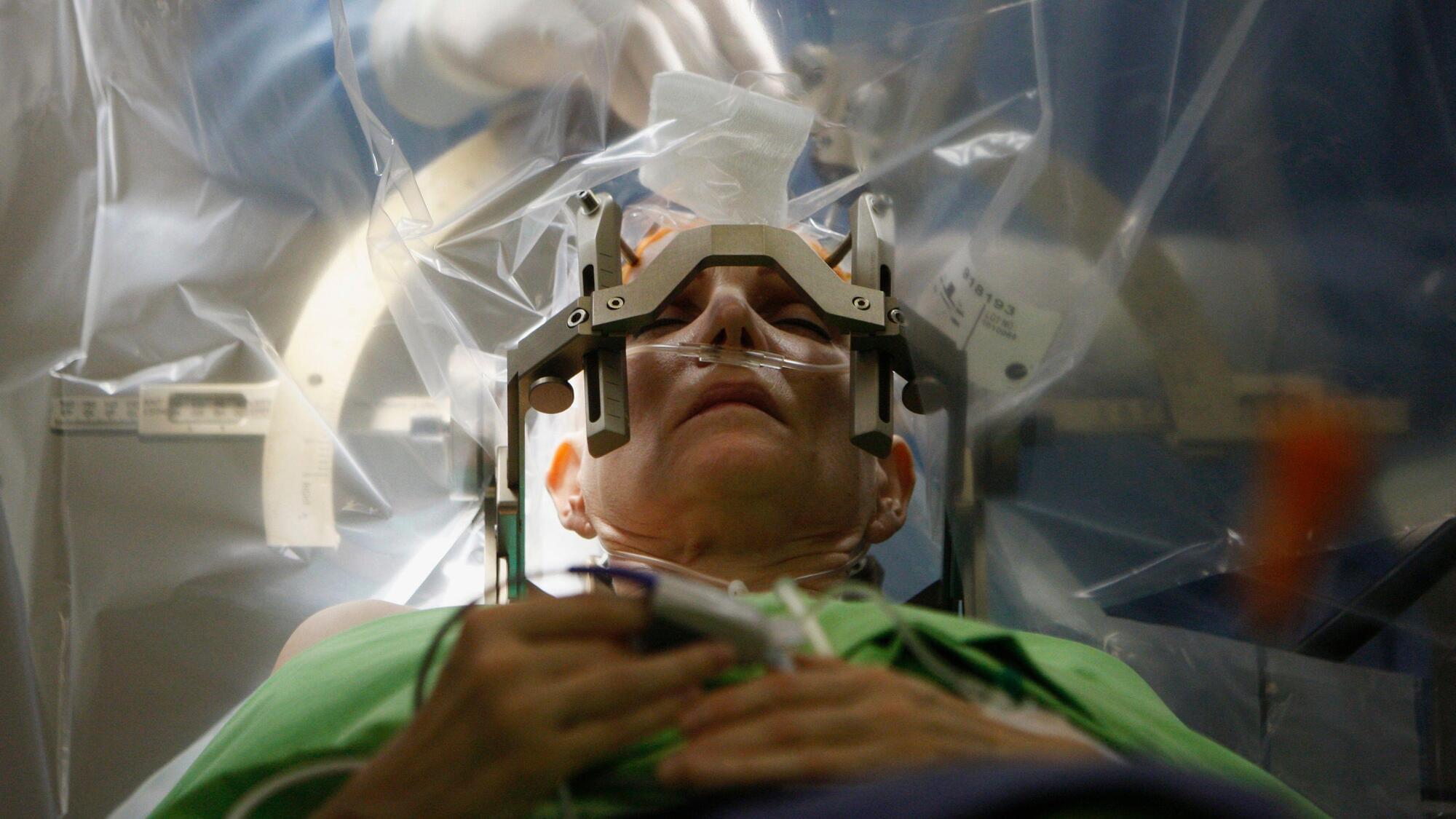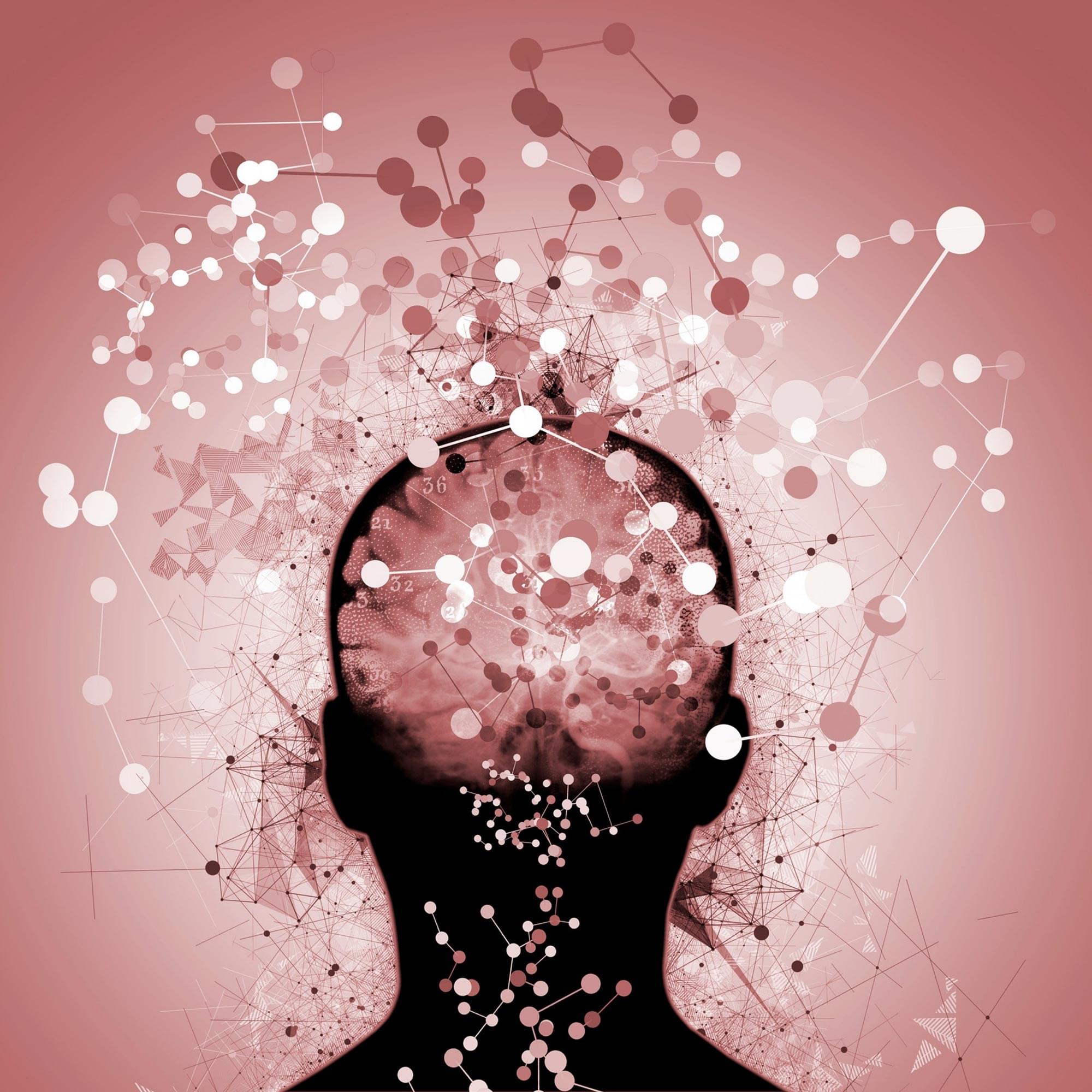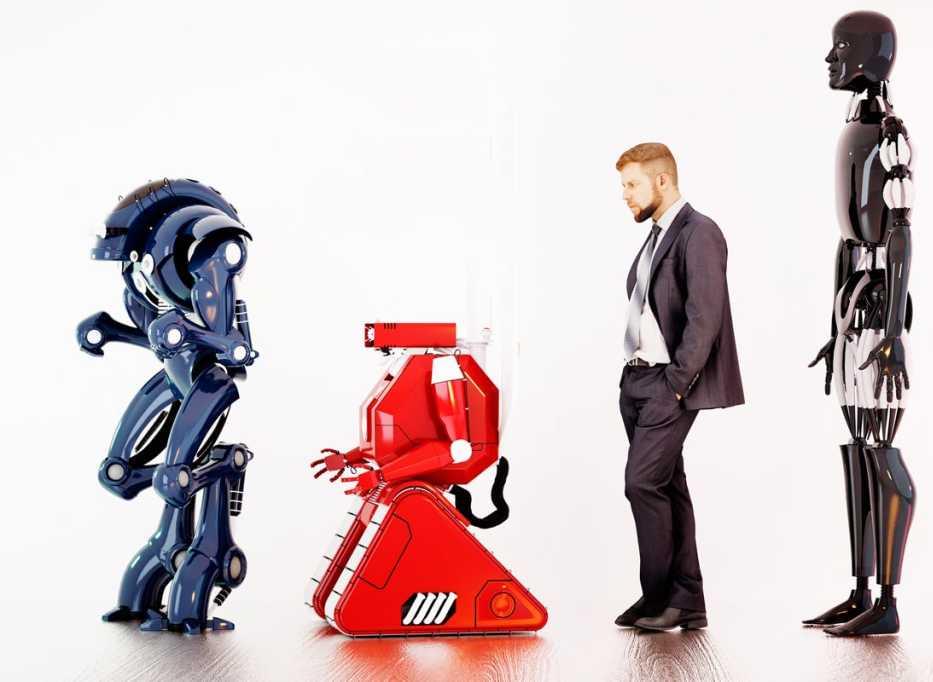It’s only a matter of time before we find the aliens, scientists say. So what should happen next?



Summary: Researchers have mapped over 70,000 synaptic connections in rat neurons using a silicon chip with 4,096 microhole electrodes, significantly advancing neuronal recording technology. Unlike traditional electron microscopy, which only visualizes synapses, this method also measures connection strength, providing deeper insight into brain network function.
The chip mimics patch-clamp electrodes but at a massive scale, enabling highly sensitive intracellular recordings from thousands of neurons simultaneously. Compared to their previous nanoneedle design, this new approach captured 200 times more synaptic connections, revealing detailed characteristics of each link.
The technology could revolutionize neural mapping, offering a powerful tool for studying brain function and diseases. Researchers are now working to apply this system in live brains to further understand real-time neural communication.


A few decades later, the neuropsychologists Roger Sperry and Michael Gazzaniga studied more of these so-called split-brain patients and discovered that each half of the brain processed information independently. Each could make its own decisions and control its own behaviours. In a sense, the surgery had created two separate selves. In some of these patients, one side of their body (controlled by one hemisphere) would do one thing, while the other half (controlled by the other hemisphere) would do the opposite. For example, one hand would button their shirt while the other hand would unbutton it.
So why didn’t these split-brain patients, post-surgery, feel like they had two selves? The answer is that their brains fooled them into thinking that only one self existed and that it was in charge. When one of their hands did something unexpected, they made up a story to explain why. I changed my mind. I didn’t like the way that shirt looked.
These stories or confabulations show the power of the illusion of selfhood – a feeling that evolutionary psychologists believe evolved because it is adaptively useful. What better way to ensure that the physical package carrying and protecting the information in our DNA – namely, our bodies – survives long enough to pass on that code to the next generation? The illusion of the self makes us feel unique and provides us with a goal-oriented purpose to our lives.

There is a peculiar irony in how the discourse around artificial general intelligence (AGI) continues to be framed. The Singularity — the hypothetical moment when machine intelligence surpasses human cognition in all meaningful respects — has been treated as a looming event, always on the horizon, never quite arrived. But this assumption may rest more on a failure of our own cognitive framing than on any technical deficiency in AI itself. When we engage AI systems with superficial queries, we receive superficial answers. Yet when we introduce metacognitive strategies into our prompt writing — strategies that encourage AI to reflect, refine, and extend its reasoning — we encounter something that is no longer mere computation but something much closer to what we have long associated with general intelligence.
The idea that AGI remains a distant frontier may thus be a misinterpretation of the nature of intelligence itself. Intelligence, after all, is not a singular property but an emergent phenomenon shaped by interaction, self-reflection, and iterative learning. Traditional computational perspectives have long treated cognition as an exteriorizable, objective process, reducible to symbol manipulation and statistical inference. But as the work of Baars (2002), Dehaene et al. (2006), and Tononi & Edelman (1998) suggests, consciousness and intelligence are not singular “things” but dynamic processes emerging from complex feedback loops of information processing. If intelligence is metacognition — if what we mean by “thinking” is largely a matter of recursively reflecting on knowledge, assessing errors, and generating novel abstractions — then AI systems capable of doing these things are already, in some sense, thinking.
What has delayed our recognition of this fact is not the absence of sophisticated AI but our own epistemological blind spots. The failure to recognize machine intelligence as intelligence has less to do with the limitations of AI itself than with the limitations of our engagement with it. Our cultural imagination has been primed for an apocalyptic rupture — the moment when an AI awakens, declares its autonomy, and overtakes human civilization. This is the fever dream of science fiction, not a rigorous epistemological stance. In reality, intelligence has never been about dramatic awakenings but about incremental refinements. The so-called Singularity, understood as an abrupt threshold event, may have already passed unnoticed, obscured by the poverty of the questions we have been asking AI.

Researchers investigated cerebral small vessel disease, a precursor to dementia, by analyzing data from thousands of participants spanning four distinct groups of middle-aged to older adults. Their study confirmed the validity of a biomarker that could aid in advancing research on potential treatments.
A recent study conducted by the Keck School of Medicine of USC
<span class=””>Founded in 1880, the <em>University of Southern California</em> is one of the world’s leading private research universities. It is located in the heart of Los Angeles.</span>
🚀 Welcome to the year 3,050 – a cyberpunk dystopian future where mega-corporations rule over humanity, AI surveillance is omnipresent, and cities have become neon-lit jungles of power and oppression.
🌆 In this AI-generated vision, experience the breathtaking yet terrifying future of corporate-controlled societies:
✅ Towering skyscrapers and hyper-dense cityscapes filled with neon and holograms.
✅ Powerful corporations with total control over resources, AI, and governance.
✅ A world where the elite live above the clouds, while the masses struggle below.
✅ Hyper-advanced AI, cybernetic enhancements, and the ultimate surveillance state.
🎧 Best experienced with headphones!
If you love Cyberpunk, AI-driven societies, and futuristic cityscapes, this is for you!
🔥 Would you survive in the dystopian world of 3050? Let us know in the comments!
👉 Subscribe & Turn on Notifications for More Epic AI Sci-Fi!
💎 Support the channel on Patreon for exclusive content: https://www.patreon.com/PintoCreation.

An email reveals what I have been saying for long…Hossenfelder’s video: https://www.youtube.com/watch?v=shFUDPqVmTgMy books: www.amazon.com/Alexander-Unzi…